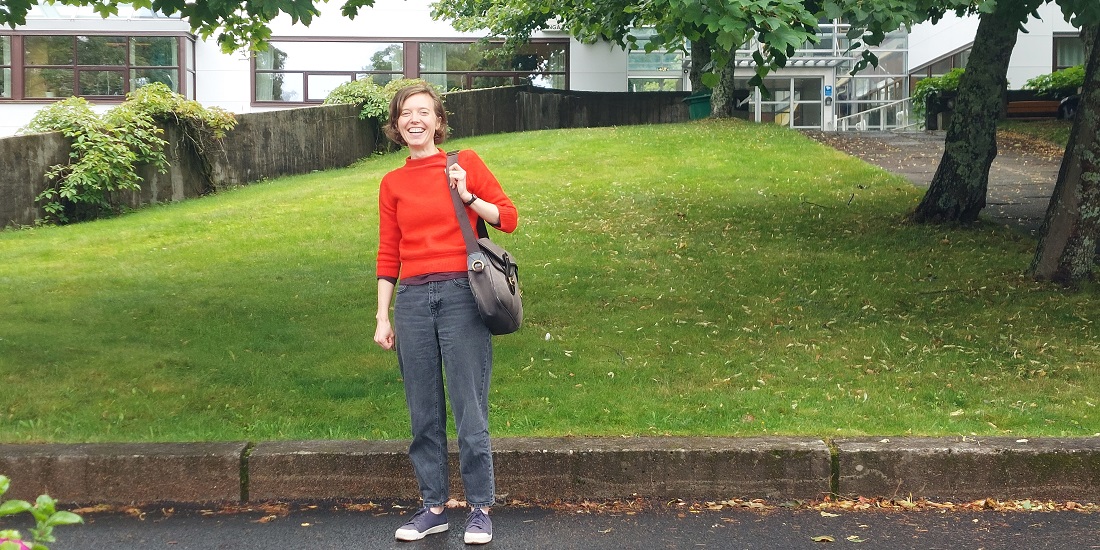Has Europe built a fortress against everyone else?
The prevailing opinion is that Europe built a common fortress to keep people from outside the EU/EEA out. But is this true?
Researcher Madeleine Dungy at NTNU’s Department of Modern History and Society has been awarded an ERC Starting Grant of almost 1.5 million euros to study “Fortress Europe.”
The European Research Council (ERC) is the EU’s funding organization for outstanding research.
Originally, the term “Festung Europa” was used for the parts of Europe that were occupied by Nazi Germany. But today it has also taken on a different meaning.
Now, the concept of Fortress Europe means that Europe’s stricter border control is excluding migrants from other parts of the world. But is that really the case?
- You may also like: ERC support for coral research
Moving within the EU and EEA
The EU introduced a system early on that enabled citizens to move more or less freely from country to country.
“The prevailing opinion is that the EU and the EEA thereby made it easier for people within this area to move between the member states, and to settle and work where they wanted. At the same time, these regulations made it more difficult for migrants from outside the area to enter the EU and EEA,” Dungy wrote in her ERC application.
The project she heads aims to find out if this is really the case. She is basing the project’s starting point on a different theory.
More about ERC grants
- The European Research Council (ERC) was established by the EU in 2007 and is the leading European funding organization for outstanding research. Every year, the ERC funds the very best creative researchers to run projects based in Europe.
- The ERC grants are divided into: Starting, Consolidator, Advanced and Synergy Grants.
- ERC has been part of the Horizon 2020 programme and is continuing as part of the Horizon Europe Framework Programme.
Several smaller fortresses instead?
“We’re investigating instead whether the new legislation gave each individual member state greater national control over migration. These individual countries subsequently made it easier for people within the EU and EEA to fill several key social and economic roles. At the same time, each country has imposed numerous restrictions for people from outside the EU and EEA,” says Dungy.
Instead of just one large, powerful Fortress Europe, the concept might be more akin to several smaller fortresses created in the individual countries.
When European governments began to implement this legislation in the 1960s, they trained their national staff to transfer EU and EEA migrants’ pension rights between the member states, for example. European workers could take their rights with them throughout the new European labour market. But migrants from outside the EU and EEA did not receive the same access to social rights, nor did they have access to comparable financial support from the authorities.
Two doctoral candidates and one postdoctoral fellow will be joining project manager Dungy in the research work. The project is expected to take five years.





